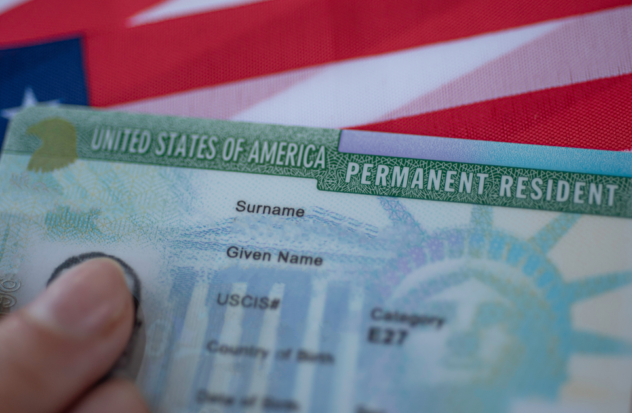MIAMI.- The March 2024 Visa Bulletin recorded significant progress in all categories based on family requests with the exception of Mexico, which only rose in two of these, according to data provided by the US Department of State.
Mexico only advanced in the F2A (Spouses and children of permanent residents) and F4 (Brothers and sisters of US citizens) classifications, leaving the rest of the categories unchanged. While the other countries experienced advances in the categories in the so-called Table A that indicates the dates on which visas can finally be issued and permanent residence can be received. Every month you can advance or not. To consult more about the March 2024 Visa Bulletin Click here.
The Consular Office of the Department of State is the body that determines whether there are enough legal permits to favor people who have been requested by their relatives in the United States and to be able to eventually obtain permanent residence, so every month it shows the advances or not of the available visa categories, establishing new priority dates considering the year in which the application was made.
The March 2024 Visa Bulletin corresponds to the sixth report of fiscal year 2024, which began on October 1st. and ends on September 30, a period during which the 226,000 available are distributed, according to data provided by the United States immigration authorities.
The favored categories
The F1 category: (Unmarried Sons and Daughters of U.S. Citizens) had a lead time of approximately 38 days, and has a general wait time of 9 years 1 month. For Mexico, the category did not advance and has a waiting time of more than approximately 22 years and 10 months.
The F2A category: (Spouses and children of permanent residents) for the month of March 2024 has a priority date of June 22, 2020, meaning that it had an advance of 4 months 15 days with respect to the visa bulletin of the previous month, having a time waiting period of 3 years 8 months. Analysts pointed out that Mexico has a date of June 15, 2020, that is, an advance of more than approximately 4 months, has a waiting time of 3 years 8 months. Some 114,200 visas are available for this category.
The F2B category: (Married sons and daughters of US citizens, their wives and children) registered an advance of 1 month and 21 days, that is, an advance of 51 days in total, the waiting time is approximately 8 years and 3 months. For Mexico, the category did not have any progress, it has a waiting time of approximately more than 20 years and 4 months.
The F3 category: (Married sons and daughters of US citizens, their wives and children) registered an advance of 5 months 8 days, it has a waiting time of approximately 14 years and 5 months. For Mexico, the category did not register any progress, it has a waiting time of approximately 25 years and 5 months.
The F4 category: (Brothers and Sisters of Adult Citizens of the United States) recorded a progress of 14 days, the waiting time is approximately 16 years 8 months. For this category there are 65,000 visas available for the fiscal year ending in September. According to analysts Mexico registered an advance of 30 days, the waiting time is approximately 23 years 4 months. Waiting times remain high for most visas. The table shows the progress of the F2A and F4 categories of the Aztec country.
Priority workers
Applicants for immigrant visas, based on labor requests, were also benefited in this March report, advancing peremptorily on these requests. The global level of immigrants with annual work preferences is at least 140,000, according to the State Department.
Dates for submitting visa applications are reflected within a time frame that justifies immediate action on the application process in a more expeditious manner, based on the following priorities or preferences.
- Priority workers
- Members of professions with advanced degrees or people of exceptional ability.
- Skilled workers, professionals and other workers: 28.6% of the world level.
- Certain Special Immigrants: 7.1% of the world level.
- Job Creation: 7.1% of the global level, of which 32% is reserved as follows: 20% reserved for skilled immigrants investing in a rural area; 10% reserved for skilled immigrants investing in a high unemployment area; and 2% reserved for qualified immigrants who invest in infrastructure projects. The remaining 68% have no reservations and are allocated to all other qualified immigrants.
Source: Department of State / Immigration and Visas / Editorial Diario las Américas



